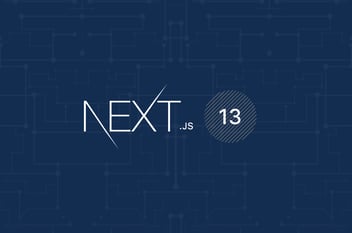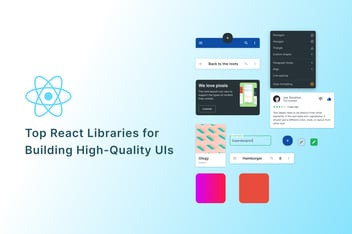Have you ever wondered how apps like Airbnb, Flipkart, and Swiggy update their UI on the fly? Apps like Flipkart alters its user interface (UI) during festivals without a major update, whereas Swiggy always adapts its UI to the user's location. Have you wondered how they do this?
What is Server-Driven UI?
Server-driven UI (SDUI) is a modern approach to mobile development that allows the server to control the user interface of a mobile application. The user experience of mobile apps could be greatly enhanced with this method, which could also make them easier to develop and maintain. The user interface is generated on the server side and sent to the client side for rendering. The client needs to handle the user interactions, such as clicks and taps, and send them back to the server for further processing.
Benefits of server-driven UI for mobile app development
The ability to update the user interface in real time is one of the key advantages of server-driven UI. In the case of conventional mobile app development, changes to the user interface necessitate an update. This can be time-consuming and costly because app stores usually have a review process.
Real-time updates and personalized user experiences
With server-driven UI, modifications to the user interface can be pushed in real time by the server without updating the app. This enables rapid and simple modifications to the UI, enhancing user experience and enabling more frequent updates to the app.
A more individualized user experience is another advantage of server-driven UI. Based on their choices and behaviors, the server can modify the user interface of the app for each unique user. Users' satisfaction and loyalty may rise as a result of the app becoming more interesting and relevant to them.
Improved security and efficient app development
Server-driven user interfaces will improve the security of mobile apps. The software is made less complicated and more secure by moving the logic that governs the user experience to the server. By doing so, you can defend yourself from malicious attacks and other security dangers. In addition to these advantages, server-driven UI can speed up and reduce the cost of developing mobile applications. The user interface is managed by the server, allowing for a simpler and more flexible program. By doing so, developers may find it simpler to work on many aspects of the app at once and cut down on both the overall length of time and the expense of development.
Conclusion
Server-driven UI is a promising approach to developing mobile apps that provides significant benefits, such as improved performance, enhanced security, and making app development more efficient. This approach is likely to propagate among developers and eventually turn into a usual element in the creation of mobile apps.

.png)


.png?width=352&name=image.png%20(20).png)